Perched on the evolutionary tree with a lineage stretching back millions of years, parrots represent one of nature’s most spectacular success stories. These vibrant, intelligent birds are not merely colorful companions in our homes but living descendants of the mighty dinosaurs that once ruled our planet. With their striking plumage, remarkable cognitive abilities, and distinctive curved beaks, parrots have captivated human imagination across cultures and continents. From the diminutive pygmy parrots of New Guinea to the majestic hyacinth macaws of South America, these avian wonders embody an extraordinary evolutionary journey, adapting to diverse habitats while retaining distinctive features that connect them to their prehistoric ancestors. As we explore the fascinating world of psittacines (the scientific name for the parrot family), we unveil not only their biological marvels but also their profound cultural significance and the urgent conservation challenges they face in today’s rapidly changing world.
The Dinosaur Connection: An Evolutionary Marvel
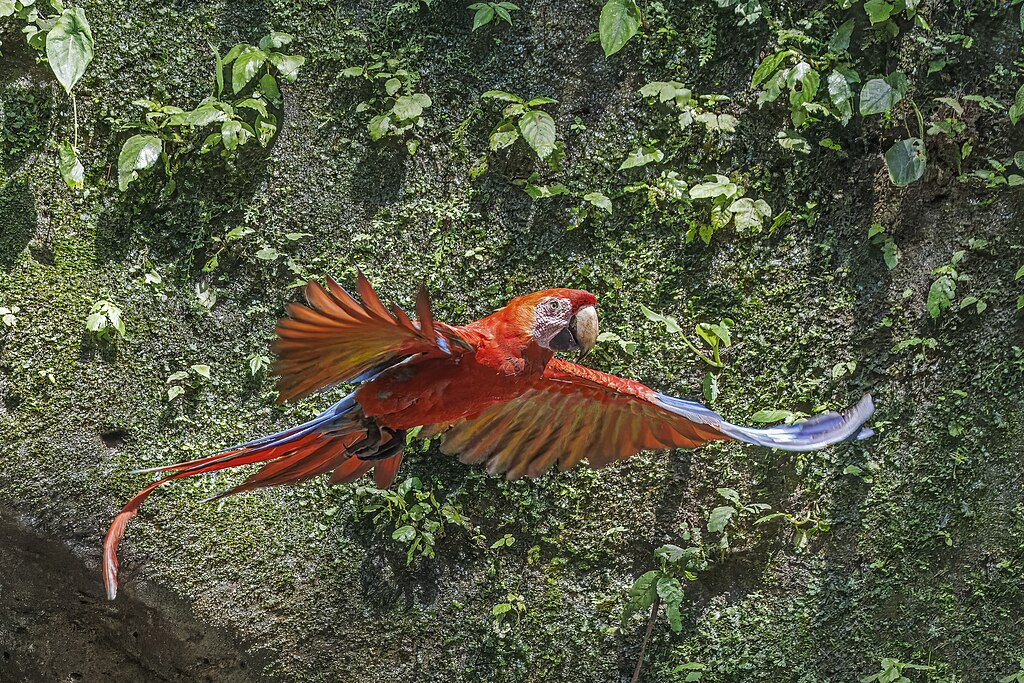
When we admire a scarlet macaw soaring through the rainforest canopy or watch a budgerigar navigating its cage, we’re witnessing living dinosaurs in action. Modern birds, including parrots, evolved from a group of two-legged dinosaurs called theropods, the same lineage that produced velociraptors and Tyrannosaurus rex. The evolutionary journey from fearsome reptiles to feathered flyers occurred over millions of years, with small, specialized theropods gradually developing features like hollow bones, feathers, and powerful flight muscles. Parrots have retained certain ancestral characteristics, including their zygodactyl feet—two toes pointing forward and two backward—which provide exceptional grasping abilities reminiscent of their dinosaur predecessors. This direct evolutionary connection was conclusively confirmed through extensive DNA analysis and fossil evidence, revealing that the colorful companion perched on your shoulder shares a direct lineage with some of history’s most formidable predators. The remarkably preserved fossils of feathered dinosaurs from China’s Liaoning Province provided the “missing link” between ancient reptiles and modern birds, cementing our understanding of parrots as living dinosaurs.
Astonishing Diversity: The Parrot Family Tree

The parrot order, Psittaciformes, encompasses an impressive diversity of species that have adapted to environments ranging from tropical rainforests to alpine mountains. Approximately 398 species are recognized across three main families: Psittacidae (true parrots), Cacatuidae (cockatoos), and Strigopidae (New Zealand parrots including the kakapo). This remarkable family includes the tiny buff-faced pygmy parrot weighing just 10 grams to the magnificent hyacinth macaw stretching over 3.3 feet from beak to tail tip. The family’s evolutionary radiation began in Gondwana, the ancient southern supercontinent, explaining their current distribution primarily across the Southern Hemisphere in Australia, South America, Africa, and South Asia. Genetic studies reveal that the earliest divergence in the parrot family occurred around 82 million years ago when New Zealand separated from Gondwana, isolating the ancestors of today’s unusual New Zealand parrots like the kea, kaka, and kakapo. Despite their incredible diversity in size, color, and adaptation, all parrots share distinctive anatomical features including their strongly hooked bills, upright stance, and that characteristic zygodactyl foot arrangement that makes them such adept climbers and manipulators.
Physical Adaptations: Engineered for Success

Parrots possess an array of specialized physical adaptations that have contributed to their evolutionary success across diverse habitats. Their most recognizable feature—the curved, powerful beak—functions as a multi-purpose tool for cracking nuts, manipulating objects, climbing, preening, and even as a “third hand” for mobility. Unlike most birds, parrots have a unique hinged upper mandible that connects to their skull through a flexible joint, allowing for impressive dexterity and strength when handling food items. Their muscular tongues, often thick and fleshy, provide exceptional dexterity for manipulating food and exploring their environment with remarkable precision. The zygodactyl foot arrangement, with two toes pointing forward and two backward, gives parrots superior grasping abilities essential for their arboreal lifestyle, enabling them to hang in acrobatic positions while feeding or to maintain a secure perch during sleep. Many parrot species have also developed specialized feather structures that contain fluorescent pigments visible in ultraviolet light, creating stunning visual displays invisible to the human eye but crucial for mate selection and species recognition. These physical adaptations, refined over millions of years of evolution, have enabled parrots to thrive in ecological niches ranging from arid Australian outback to humid Amazonian rainforests.
Color Explosion: The Science Behind Their Vivid Plumage

The breathtaking kaleidoscope of colors displayed by parrots represents one of nature’s most magnificent visual spectacles, with evolutionary and biological significance far beyond mere aesthetic appeal. Parrot feathers derive their colors through two primary mechanisms: pigmentation and structural coloration. Pigments like psittacofulvins—unique to parrots—create the vibrant reds, oranges, and yellows, while melanins produce browns and blacks. Blue and green colors, however, typically result from structural features of the feathers that selectively reflect certain wavelengths of light through microscopic modifications in the feather barbs. Remarkably, many parrots appear even more spectacular to other parrots than to humans because their plumage reflects ultraviolet light invisible to the human eye but readily perceived by parrot vision. These vivid displays serve multiple evolutionary functions, from sexual selection (attracting mates) to species recognition and even as camouflage in certain habitats. Research indicates that diet plays a crucial role in developing and maintaining these vibrant hues, with specific nutrients becoming concentrated in feathers during their growth. Some species, like the rainbow lorikeet, seem to have evolved their spectacular coloration as a form of warning to potential predators, advertising the bird’s good health and ability to evade capture.
Cognitive Champions: The Brilliant Parrot Brain
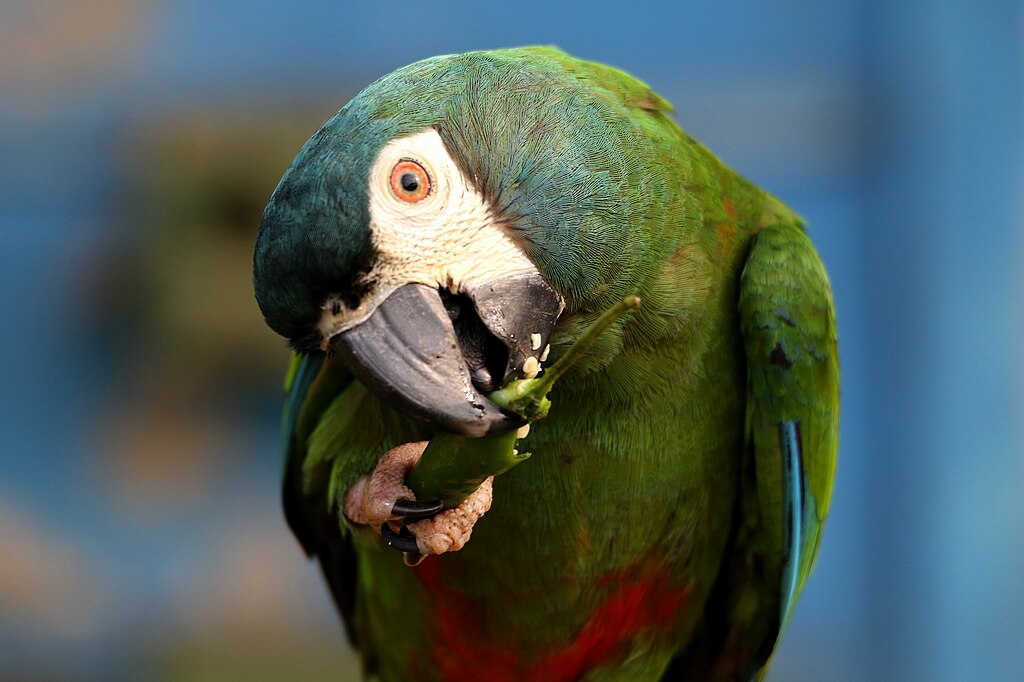
Parrots possess cognitive abilities that rival those of great apes and young human children, despite having evolved along entirely different evolutionary pathways. Their remarkable intelligence stems from a highly developed forebrain structure called the nidopallium caudolaterale, which functions analogously to the mammalian prefrontal cortex, enabling complex problem-solving, social learning, and abstract thinking. Scientific studies have documented parrots using tools, recognizing themselves in mirrors, understanding numerical concepts, and mastering complex causal reasoning tasks that elude many other animals. The African Grey parrot has demonstrated particularly exceptional cognitive abilities, with documented vocabulary comprehension of over 1,000 words and the ability to form new word combinations to describe novel objects. Alex, a famous African Grey studied by Dr. Irene Pepperberg, could identify colors, shapes, and materials, and even appeared to grasp the concept of zero—a sophisticated abstraction previously thought unique to humans and a few other primates. Kea parrots of New Zealand solve multi-step mechanical puzzles with remarkable efficiency, while cockatoos have been observed crafting and using tools in wild populations, behaviors that indicate both innovation and cultural transmission of knowledge. This exceptional intelligence likely evolved as an adaptation to their complex social structures and the cognitive demands of their varied forest habitats, where remembering seasonal food sources and navigating complex three-dimensional environments provided significant survival advantages.
Communication Masters: Vocal Learning and Mimicry

The parrot’s ability to mimic human speech represents merely the surface of their sophisticated communication systems, developed through specialized neural pathways for vocal learning. Unlike most animals, parrots possess a dedicated brain region called the “song system,” comparable to language centers in the human brain, that enables them to learn and reproduce complex vocalizations throughout their lives. In the wild, parrots develop distinct “dialects” within populations and even family-specific contact calls that function like names, allowing individuals to recognize specific companions even in crowded, noisy flocks. Research has revealed that some parrot species engage in complex vocal turn-taking behaviors similar to human conversation, with pairs alternating their vocalizations in structured patterns. The yellow-naped Amazon parrot demonstrates particularly remarkable vocal abilities, with wild populations developing local “cultures” of specific calls that remain stable over generations. Beyond mere mimicry, evidence suggests some parrots comprehend the contextual meanings of words and phrases they learn, using them appropriately in novel situations. This extraordinary communicative flexibility serves crucial social functions in wild parrot populations, facilitating pair bonding, territorial defense, and group cohesion across the complex social networks that characterize many parrot species.
Social Structures: Complex Parrot Societies

Most parrot species thrive within intricate social structures that rival the complexity of many mammalian societies, exhibiting remarkable levels of cooperation, pair bonding, and multi-generational learning. The majority of parrot species form strong monogamous pairs that often mate for life, with partners engaging in mutual preening, food sharing, and coordinated parenting that strengthens their bond over decades-long relationships. Beyond these core partnerships, many species organize into larger flocks or colonies with distinct hierarchies, alliances, and collective decision-making processes that govern movement, feeding, and predator response. Spectacled parrotlets have been observed using specific “names” (unique calls) for individual family members, demonstrating a level of social recognition previously attributed only to higher primates. Among golden-shouldered parrots of Australia, complex cooperative breeding systems have developed where younger birds help raise siblings before establishing their own breeding territories. The kea parrots of New Zealand display remarkable social learning capabilities, with novel behaviors and problem-solving techniques rapidly spreading through populations as individuals observe and learn from the innovations of others. These sophisticated social structures provide evolutionary advantages through knowledge transfer, collective vigilance against predators, and coordinated resource exploitation, contributing significantly to the remarkable ecological success of parrots across diverse habitats.
Ecosystem Engineers: Ecological Roles of Parrots
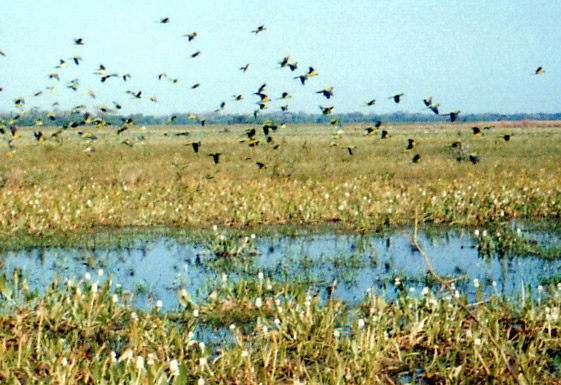
Far from being merely decorative elements of tropical forests, parrots serve as crucial ecosystem engineers that shape and maintain the habitats they inhabit through multiple ecological interactions. As primary seed dispersers for countless plant species, parrots transport seeds across substantial distances, either by consuming fruits and defecating viable seeds or by accidentally dropping seeds during feeding. The large-billed hyacinth macaw plays an essential role in palm forest regeneration, as one of the few animals capable of cracking the rock-hard nuts of certain palm species, thereby releasing seeds that would otherwise remain dormant. Many parrot species act as pollinators while feeding on nectar and pollen, with specialized adaptations like brush-tipped tongues in lorikeets specifically evolved for pollen collection and transfer between flowering plants. Through their feeding habits, which include consuming unripe fruits and stripping bark, parrots create habitat niches for other organisms, including insects and microbes that colonize damaged areas of plants. In Australia’s eucalyptus forests, the feeding activities of cockatoos create tree hollows that serve as crucial nesting sites for dozens of other bird and mammal species. The complex web of ecological relationships centered around parrots underscores their status as keystone species in many forests, where their absence through extinction or local extirpation can trigger cascading effects throughout entire ecosystems.
Prehistoric Giants: The Lost Parrot Species
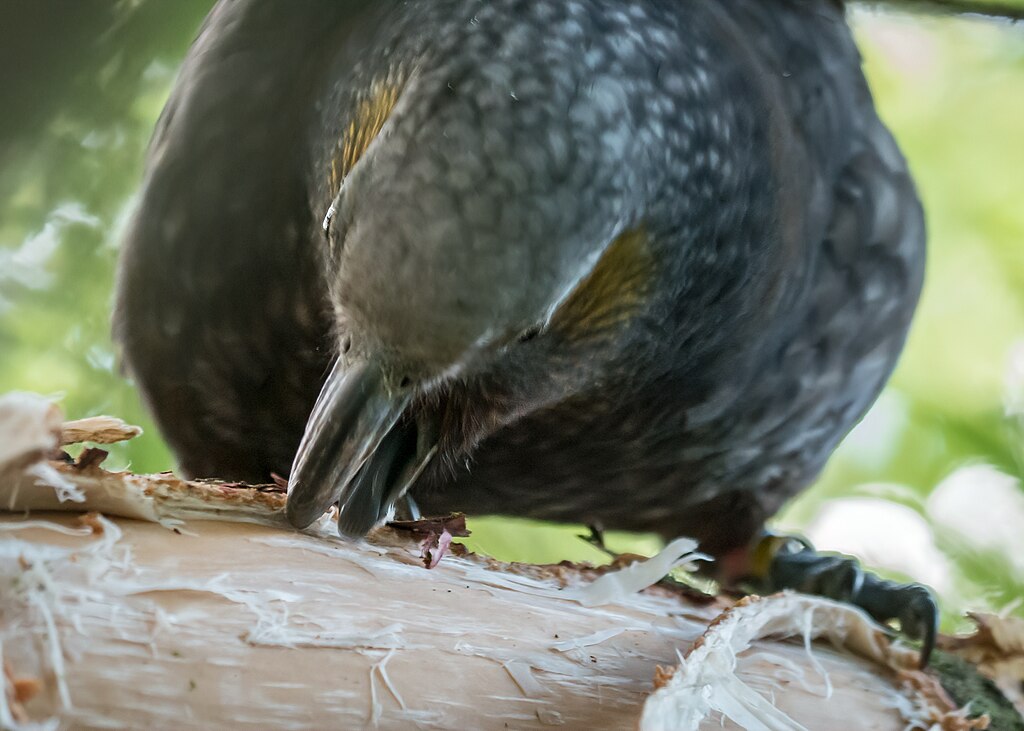
The parrot family tree includes several remarkable extinct giants that dwarf their modern relatives, providing fascinating glimpses into alternative evolutionary paths these dinosaur descendants once explored. The most recently lost was the spectacular Norfolk Island kaka, a large parrot standing nearly two feet tall with a massive beak adapted for processing tough native plant materials, which disappeared in the late 18th century following European colonization. Far more impressive was New Zealand’s Heracles inexpectatus, nicknamed the “Hercules parrot,” discovered in 2019 and dated to 19 million years ago, which stood nearly three feet tall and weighed an estimated 15 pounds—making it twice the size of the kakapo, today’s heaviest parrot. Fossil evidence from Saint Eustatius in the Caribbean revealed the existence of Psittacus verreauxi, a massive macaw-like parrot with a wingspan approaching four feet that dominated island ecosystems until approximately 1,500 years ago. The ancient New Caledonian giant lorikeet, Provincialis’s Parrot, possessed specialized dental ridges in its beak for processing unique island flora that disappeared along with the bird following human arrival. These lost giants evolved in environments with few mammalian predators, allowing them to exploit ecological niches typically occupied by ground-dwelling animals in continental environments. Their relatively recent extinctions, primarily driven by human hunting and habitat destruction, represent a sobering reminder of the vulnerability of island-adapted parrot species to anthropogenic pressures.
Conservation Challenges: Parrots in Peril

Parrots rank among the most endangered bird families globally, with approximately one-third of all species facing extinction threats driven by a complex interplay of human activities. Habitat destruction represents the most pervasive threat, as logging, agricultural expansion, and urban development continue to fragment and eliminate the forests that provide essential nesting sites and food sources for these specialized birds. The international wildlife trade, both legal and illegal, removes millions of parrots from wild populations annually, with high mortality rates during capture and transport compounding the ecological damage to source populations. Climate change poses an escalating threat, altering flowering and fruiting patterns critical to parrot feeding cycles and intensifying extreme weather events that can destroy nesting sites and reduce breeding success. Many island-endemic parrot species face additional pressures from introduced predators like rats and cats, against which they have limited evolutionary defenses. The inherent biological characteristics of parrots—including their typically low reproductive rates, specialized diets, complex social needs, and reliance on large, mature trees for nesting—make them particularly vulnerable to anthropogenic disturbances. Conservation success stories like the recovery of the Puerto Rican parrot and the yellow-eared parrot demonstrate that focused efforts combining habitat protection, captive breeding, and community engagement can reverse decline trajectories, but require substantial long-term commitment and resources across multiple stakeholders.
Cultural Significance: Parrots and Human History

Throughout human history, parrots have occupied privileged positions in cultures spanning continents, appearing in artifacts, mythology, and royal courts as symbols of luxury, wisdom, and the exotic. Ancient Egyptians kept rose-ringed parakeets as treasured pets over 4,000 years ago, with mummified parrots discovered in pharaonic tombs indicating their spiritual significance. In Mesoamerican civilizations, the resplendent quetzal and scarlet macaw held sacred status, with their feathers reserved for royal and religious regalia, symbolizing divine authority and cosmic connection. Alexander the Great introduced parakeets to Europe following his campaigns in India, initiating a passion for exotic parrots that reached its zenith during the Age of Exploration when these colorful birds became living symbols of imperial reach and colonial wealth. Traditional Māori culture incorporated the New Zealand kaka into important mythological narratives, viewing the intelligent birds as messengers between the human and spiritual realms. In literature and art, from romantic poetry to pirate imagery, parrots have consistently represented exotic otherness, mimicry, and the tension between wildness and domestication. This rich cultural history has contributed significantly to both parrot conservation—by highlighting their importance—and to their exploitation, as cultural desirability drives collection and trafficking. Today, parrots feature prominently in conservation symbology, with endangered species like the spix’s macaw becoming powerful flagship species that mobilize public support for broader biodiversity protection efforts.
Remarkable Adaptability: Parrots in Urban Environments
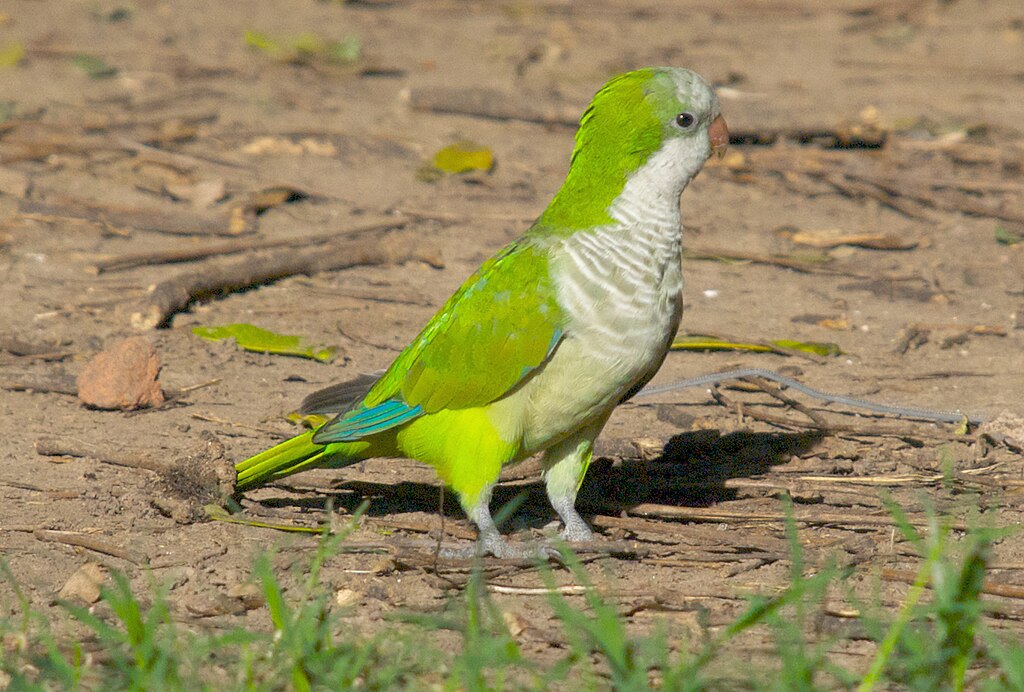
Several parrot species have demonstrated extraordinary adaptability by establishing thriving populations in urban environments far from their native ranges, showcasing their evolutionary flexibility and problem-solving abilities. The monk parakeet, native to temperate South America, has created self-sustaining populations in cities across North America and Europe, constructing elaborate communal nests on power infrastructure and adapting its naturally varied diet to include ornamental plants and bird feeders. California’s iconic feral red-crowned parrots, originally from northeastern Mexico, now number over 3,000 birds in the Los Angeles area, exploiting urban tree species for food and nesting while developing novel behaviors specific to urban survival. Rose-ringed parakeets have established particularly successful urban colonies across Europe, with over 32,000 birds in London alone, demonstrating remarkable behavioral plasticity by shifting their diets to include non-native plants and modifying their nesting strategies to utilize building cavities. Research indicates these urban adapters exhibit higher problem-solving abilities and greater behavioral flexibility than their wild counterparts, with studies



